Genus Conepatus | Phylum Chordata Family Mustelidae Scientific name Conepatus chinga Rank Species | |
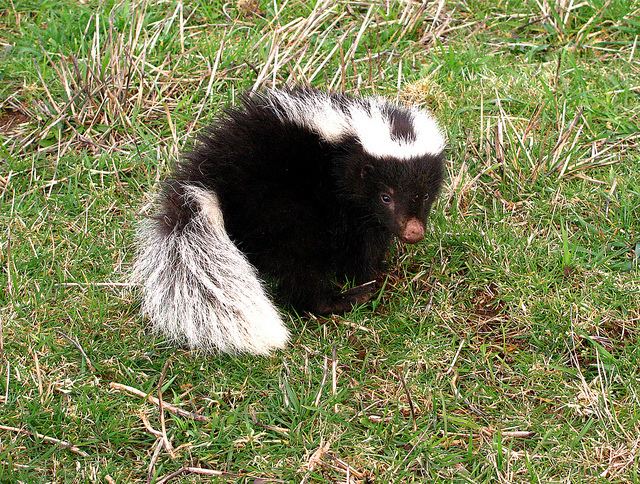 | ||
Similar Hog‑nosed skunk, Humboldt's hog‑nosed skunk, Striped hog‑nosed skunk, Skunk, American hog‑nosed skunk | ||
Molina s hog nosed skunk
Molina’s hog-nosed skunk, Conepatus chinga, is similar to the common skunk with scent glands used to spray an odorous liquid to offend potential predators. They have a resistance to pit viper venom, distinct thin white markings and a pink, hog-like, fleshy nose.
Contents
- Molina s hog nosed skunk
- Zorrillo conepatus chinga molina s hog nosed skunk jos ign cio ur 22 12 2011 antonio silveira
- Habitat
- Population and Distribution
- Diet
- Conservation Status
- References
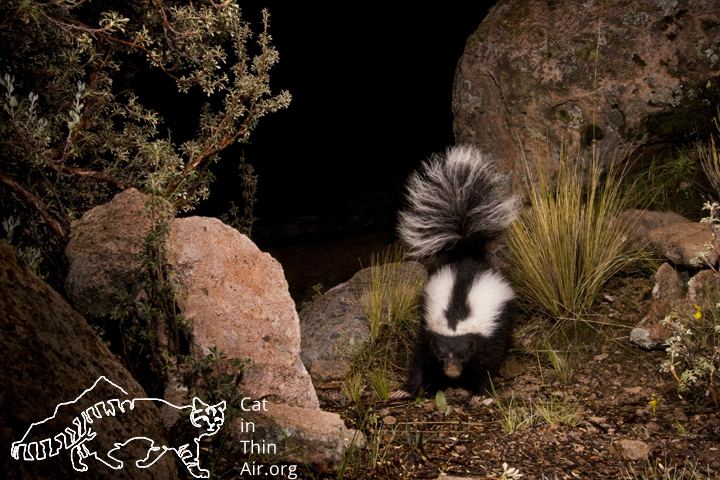
Zorrillo conepatus chinga molina s hog nosed skunk jos ign cio ur 22 12 2011 antonio silveira
Habitat
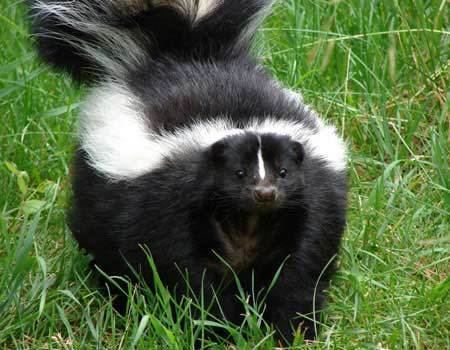
The Molina’s hog-nosed skunk’s native range is throughout mid to southern South America, Chile, Peru, northern Argentina, Bolivia, Paraguay, Uruguay, and southern Brazil. The mammal is therefore associated with temperate regions and open areas, mainly described as the Pampas biome and preferring to live in open vegetation, shrub forest and rocky sloped areas.
Population and Distribution
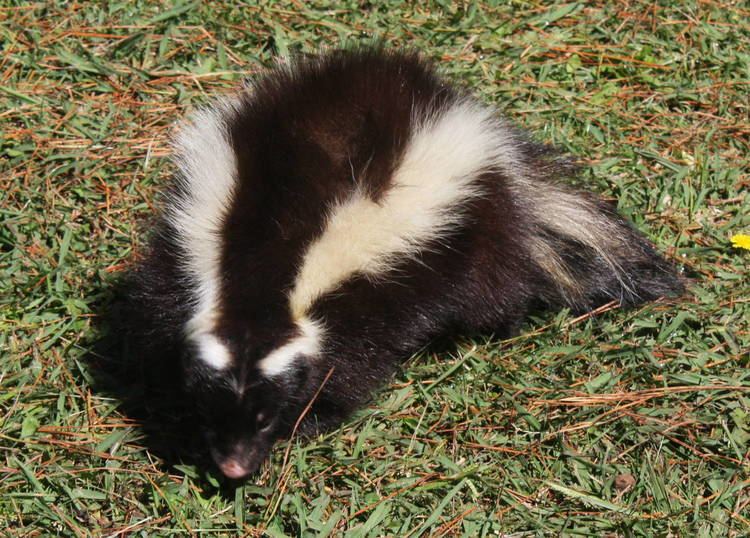
Typically they will live alone in an average home range size of about 1.66 individuals/km^2 with some overlapping and about six skunks per 3.5 km^2. Although living in mostly solitary areas, the skunks will come together temporarily for mating purposes.
Diet
Foraging mainly at night, the skunk is omnivorous eating birds, small mammals, eggs, insects, leaves, and fruit. The tooth morphology in the molina’s hog-nosed skunk, is different than most mammals in that their teeth are adapted to their omnivorous diet with grinding being the main function of the carnassial apparatus.
Conservation Status
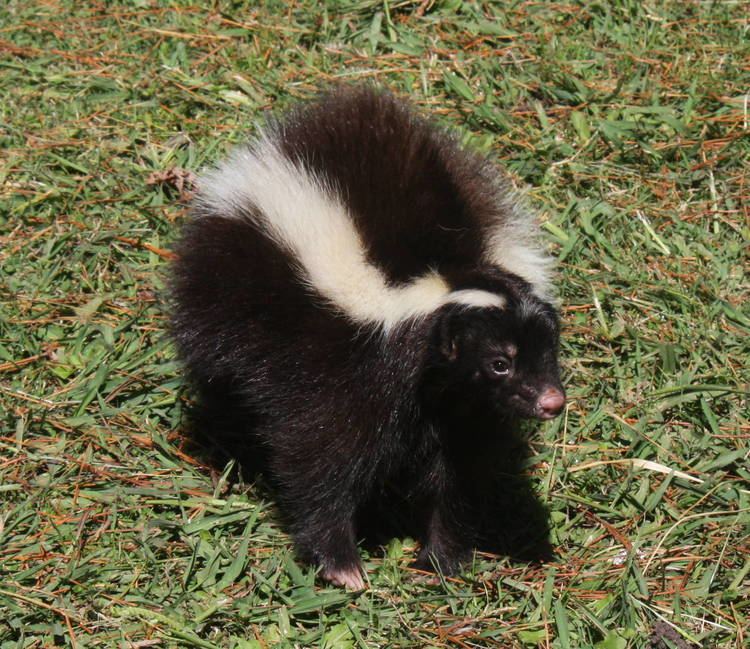
The skunk is listed as “least concerned” according to the IUCN Redlist. The main threats of the skunk are increased habitat destruction and fragmentation from over exploitation of humans and grazing of agriculture. The skunk is also affected by the planning of new roads and road-kills. Due to improper planning, habitat destruction, and fragmentation, the skunk has started living around man-made structures and along fences and buildings.
